
The United States' first Jones Act-compliant offshore wind turbine installation vessel (WTIV), Charybdis, has started sea trials ahead of delivery to Dominion Energy planned for later in 2025.The Seatrium AmFELS shipyard in Bronsville, Texasā¦
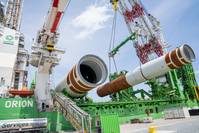
Dominion Energy has stated that the 2.6GW Coastal Virginia Ōʶ„¶Ä³”ĄĻ»¢»ś Wind (CVOW) project is now approximately 50% complete and remains on track for on-time completion at the end of 2026.CVOW is credited with creating 2,000 direct and indirect American jobs and $2 billion of economic activityā¦
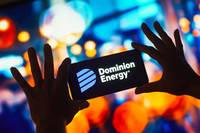
Dominion Energy, Inc. (NYSE: D) provided updates on the 2.6 GW Coastal Virginia Ōʶ„¶Ä³”ĄĻ»¢»ś Wind (CVOW) project. The fully permitted project is now approximately 50% complete and remains on track for on-time completion by the end of 2026. CVOW continues to achieve construction milestonesā¦
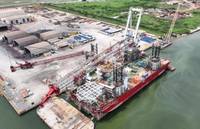
The cost to construct the United States' first domestically built wind turbine installation vessel (WTIV), Charybdis, has risen to $715 million, Dominion Energy revealed in its latest quarterly results, marking another snag for the fledgling Uā¦
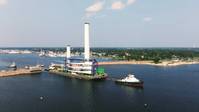
With clean energy projects maturing in U.S. waters, the nationās offshore wind industry is poised to grow substantially, requiring a robust industrial base. A feedering model using domestic tugs and barges to transport turbines to offshore wind sitesā¦
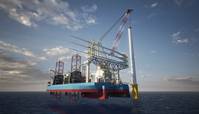
Early 2024 saw a group of financial deals that have implications, in a broad sense, for how offshore wind projects may be financed. While offshore wind projects might be thought of as being in the āutility financeā basket, they are ultimatelyā¦
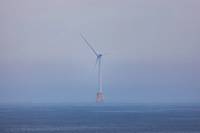
U.S. offshore wind aspirations, both federal and state, have resulted in excitement about the potential opportunity of a large U.S. offshore wind market. But uncertainty, initially financially driven and increasingly a result of political uncertaintyā¦

The United States' first Jones Act-compliant offshore wind turbine installation vessel (WTIV), Charybdis, was launched into the water at the Seatrium AmFELS shipyard in Brownsville, Texas.The 472-foot WTIVāthe first and only to be constructed in the Uā¦

As the U.S. offshore wind industry endures a predictable number of stops and starts during its adolescence, common mantras are ālearn from the established European modelā and āembrace technology transfer from the offshore oil and gas sectorā¦
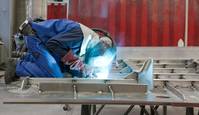
The U.S. offshore wind market presents a $1 billion long-term opportunity to builders of crew transfer vessels (CTV) and service operation vessels (SOV) that will support both wind farm construction and long-term operations and maintenance.ā¦
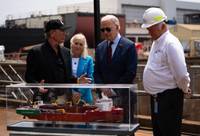
Itās a big deal when a U.S. president visits an American shipyard, and these trips always send a message. When President Obama spoke at HIIās Newport News Shipbuilding in 2013, he warned of the consequences of sequestration. President Trumpās 2020 speech at Fincantieri Marinette Marine touted a $5ā¦
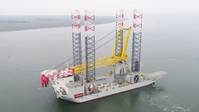
Ōʶ„¶Ä³”ĄĻ»¢»ś wind turbines are reaching new heights both literally (meters), and figuratively (megawatts). As the demand for larger turbines surges, so do the challenges faced by offshore installation contractors, which need to come up with bigger vesselsā¦
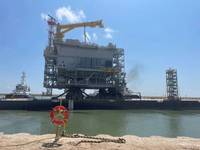
Ōʶ„¶Ä³”ĄĻ»¢»ś wind developers Ørsted and Eversource marked the sailaway of the first U.S.-built offshore wind substation, which departed a Texas fabrication facility Wednesday. The substation is transiting across the Gulf of Mexico and then up theā¦

WTIVs have always been fuel-hungry. Now they are being tasked with installations that are further, deeper and heavier.Ōʶ„¶Ä³”ĄĻ»¢»ś wind farms continue their march into deeper water, further from shore, with turbines that can now reach more than 270 meters high with blades 120 meters longā¦
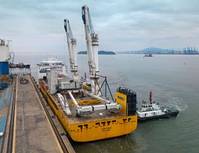
The crane for the first ever U.S.-built wind turbine installation vessel (WTIV) is on its way to America.The 2,200mt Huisman leg encircling crane has been loaded onto BigLift Shipping's Happy Star for shipment to the Keppel AmFELS shipyard in Brownsvilleā¦